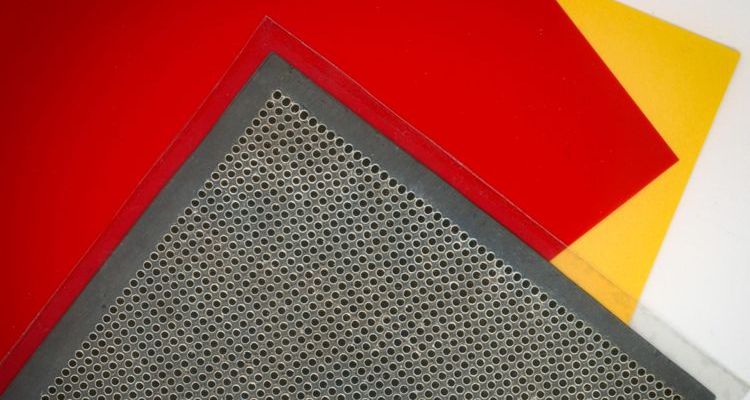Researchers at MIT have developed a paper-thin loudspeaker that can turn any flat, rigid surface into an active, high-quality audio source. The process engineers used to create the device should allow for manufacture at scale.
This flexible loudspeaker produces sound using a fraction of the energy a traditional loudspeaker requires with minimal distortion. The hand-sized speaker weighs about as much as a dime and generates high-quality sound on virtually any flat surface.
If manufactured at scale, these ultrathin loudspeakers can cover a wall or the inside of a car. Applications for the speaker could include active noise cancellation in loud environments, three-dimensional audio in immersive entertainment, or even for use with smart devices where battery life is limited, as the speakers require little power to operate.
“It feels remarkable to take what looks like a slender sheet of paper, attach two clips to it, plug it into the headphone port of your computer, and start hearing sounds emanating from it,” says Vladimir Bulovic. Bulovic is the Fariborz Maseeh Chair in Emerging Technology, director of MIT.nano, leader of the Organic and Nanostructured Electronics (ONE) Lab, and the senior author of the loudspeaker’s research paper.
“It can be used anywhere,” Bulovic says. “One just needs a smidgeon of electrical power to run it.”
Loudspeakers typically found in audio systems use electric current passing through a coil that generates a magnetic field, which moves the speaker membrane and vibrates the air above it, creating the sound we hear. The MIT team’s loudspeaker simplifies this design using a thin material that moves when voltage is applied, vibrating the air above it and creating sound.
Because the thin material used to create the new loudspeaker is vibrating rather than the entire device, the loudspeaker resonates with a high enough frequency to be used effectively for ultrasound imaging. Higher frequencies yield higher image resolution, as ultrasound imaging uses high-frequency sound waves to produce images.
“We have the ability to precisely generate mechanical motion of air by activating a physical surface that is scalable. The options of how to use this technology are limitless,” Bulovic says.
Bulovic wrote the paper alongside lead author Jinchi Han, ONE Lab postdoc, and co-senior author Jeffrey Lang, the Vitesse Professor of Electrical Engineering. IEEE Transactions of Industrial Electronics published the research paper on April 26.

